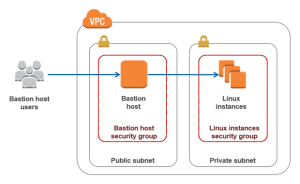The efficiency of using multiple MySQL tables versus one large table depends on several factors, such as the nature of the data being stored, the size of the tables, the frequency of data queries, and the hardware and software configurations of the database server.
In general, using multiple tables is more efficient in terms of query performance, especially when dealing with large datasets or complex queries. This is because queries can be optimized to search for specific data in specific tables, and indexing can be more effective for smaller tables. Additionally, managing smaller tables can be easier and more organized than managing one large table.
On the other hand, using one large table can be more efficient in terms of storage space and disk I/O operations, as there are fewer overheads involved in managing one table compared to managing multiple tables. However, this can come at the cost of slower query performance, as queries may need to scan through a large number of records to retrieve the required data.
Ultimately, the decision of whether to use multiple tables or one large table depends on the specific requirements and constraints of the database application. It’s recommended to perform testing and benchmarking to determine the most efficient approach for a particular use case.

Splitting tables can be beneficial in various scenarios, such as:
(a) When multiple individuals are developing applications involving different tables, splitting them can enhance collaboration and efficiency.
(b) Providing different levels of access to various parts of the data collection can be more convenient if the tables are split. Of course, defining views and granting authorization appropriately is also an option.
(c) During development, transferring data to different locations can be more straightforward with smaller table sizes.
(d) Using split tables can provide ease and comfort while developing applications on a specific data collection of a single entity, due to smaller file sizes.
(e) It’s possible that what was once thought of as a single-value data field may actually be multiple values in the future. For instance, credit limit is a single-value field presently, but it could be changed to include date from, date to, and credit value. In such cases, split tables can be useful.





